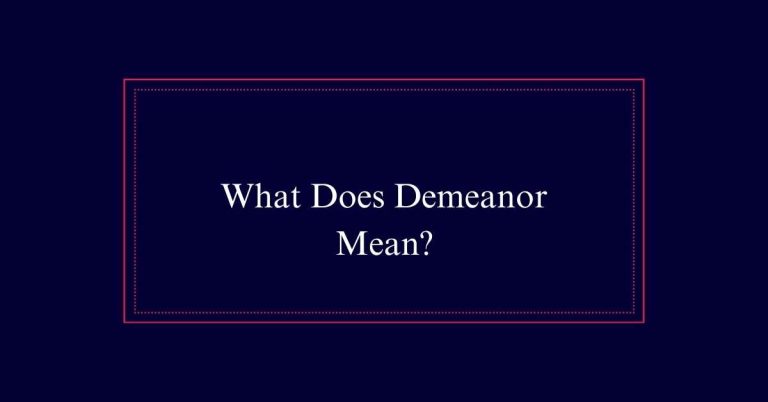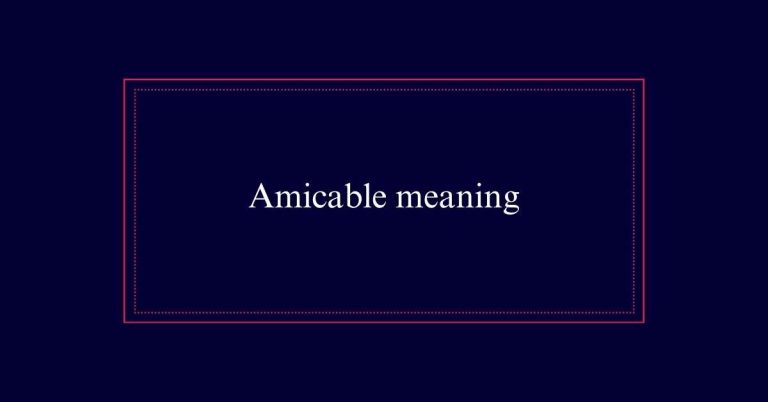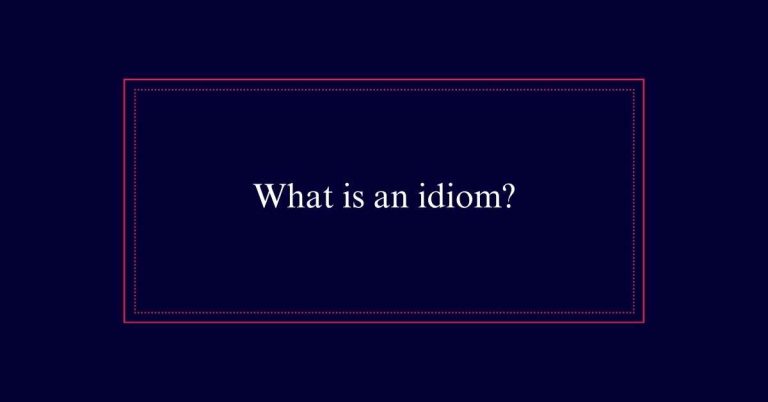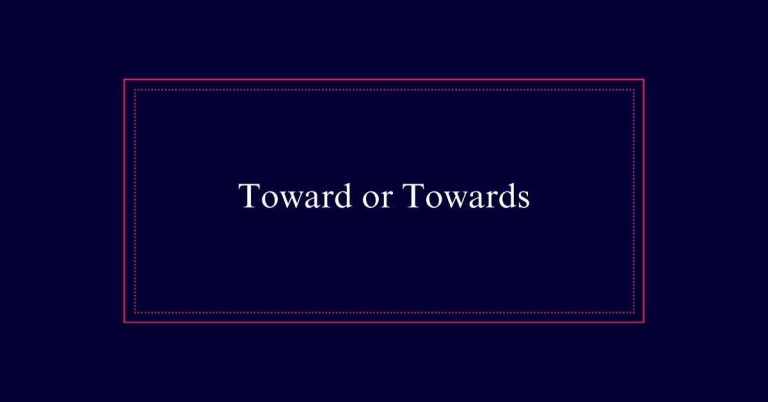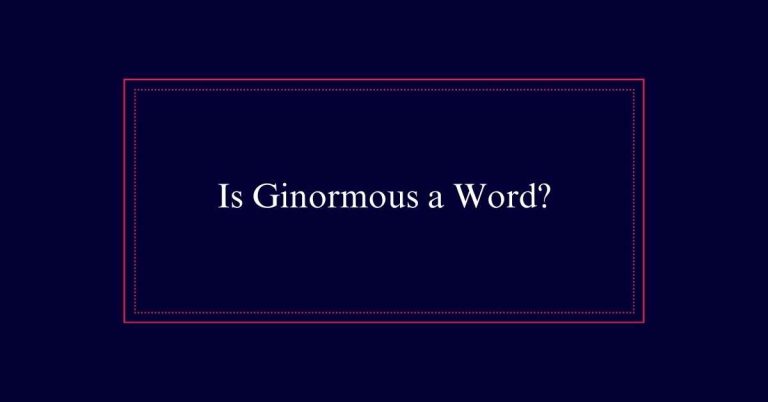Pleonasm: Definition and Examples
Pleonasm, originating from the Greek word ‘pleonazein,’ involves using more words than necessary to convey meaning. For instance, phrases like “added bonus” and “free gift” are considered pleonasms because the additional words do not add new information.
While pleonasms can sometimes emphasize a point or add clarity, they often clutter writing when used unintentionally. There are two main types: syntactic pleonasm, involving redundant grammatical elements, and semantic pleonasm, involving redundant descriptions.
Definition of Pleonasm
Pleonasm is the use of more words than necessary to convey a message. It originates from the Greek word ‘pleonazein,’ meaning excessive.
Awareness of pleonasms in writing is essential for creating polished text. Accidental pleonasms can diminish the quality of writing by introducing redundancy. However, strategic use of pleonasms can enhance emphasis and clarity.
There are two main types: syntactic and semantic. Syntactic pleonasms involve grammatical redundancies, like double negatives. Semantic pleonasms involve redundant descriptions, such as ‘blended smoothie.’
Origins of Pleonasm
The concept of pleonasm finds its roots in the Greek word ‘pleonazein,’ which means excessive. This term has evolved over centuries, reflecting the human tendency to use more words than necessary.
Ancient Greek philosophers and writers were among the first to identify and critique this linguistic phenomenon. The word ‘pleonazein’ itself was used to describe speech or writing that was overly abundant or redundant. From Greece, the idea spread to Rome, influencing Latin rhetoric and literature.
Over time, pleonasm became a recognized stylistic issue in many languages. Today, understanding its origins helps us appreciate its role in both historical and contemporary writing. This deep-rooted concept continues to shape how we analyze and refine our communication.
Importance in Writing
Understanding the importance of pleonasm in writing can greatly enhance a writer’s clarity and effectiveness. Though often viewed negatively, pleonasms can serve a purpose when used intentionally. They can add emphasis and create a specific tone or rhythm.
For example, phrases like ‘I saw it with my own eyes’ can underscore personal experience. However, accidental pleonasms can clutter writing, making it less efficient and harder to read. Recognizing and avoiding unnecessary repetition is vital.
Types of Pleonasm
Recognizing different types of pleonasm can further improve a writer’s skill in crafting effective text. There are two main types: syntactic and semantic pleonasm.
Syntactic pleonasm involves grammatical redundancies, such as double negatives. An example is, ‘I don’t see why not.’ This type often occurs accidentally and can confuse readers.
Semantic pleonasm involves redundant descriptions or ideas. For instance, ‘blended smoothie’ is a semantic pleonasm since blending is inherent to smoothies.
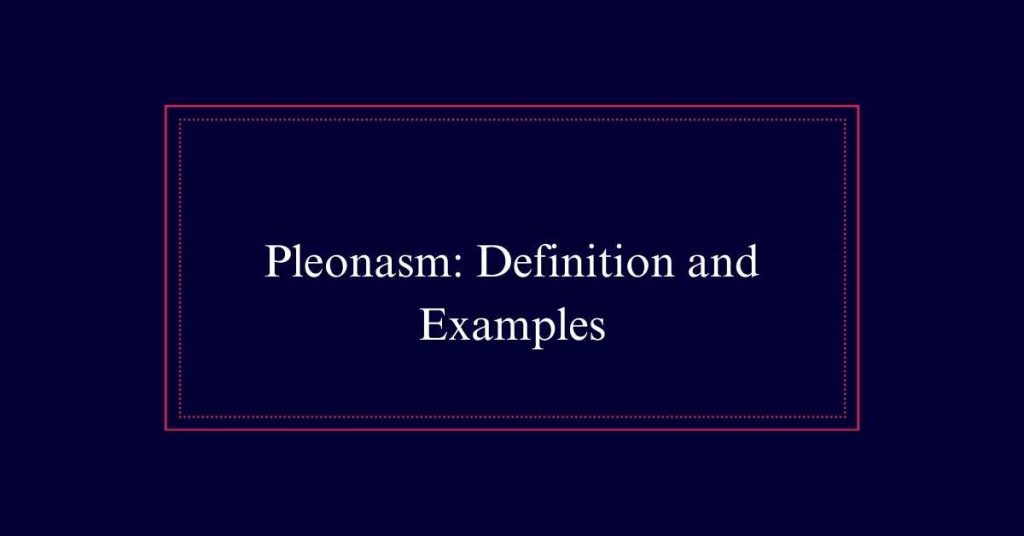
While some writers use pleonasms purposefully for emphasis or stylistic choices, identifying and reducing unnecessary redundancies can enhance clarity.
Syntactic Pleonasm
Syntactic pleonasm involves the use of redundant grammatical elements that do not add meaning. These redundancies can make sentences longer without providing new information.
Common examples include the use of double negatives or unnecessary pronouns.
Here are some examples of syntactic pleonasms:
- Double Negatives: ‘I don’t need no help.’ The second negative is unnecessary.
- Redundant Pronouns: ‘John, he went to the store.’ The pronoun ‘he’ is redundant.
- Excessive Modifiers: ‘Very unique’ is redundant because ‘unique’ stands alone.
- Repetitive Structures: ‘If it happens, then it happens.’ The repetition adds no new meaning.
Semantic Pleonasm
While syntactic pleonasm deals with grammatical redundancies, semantic pleonasm involves using more words than necessary to convey the same idea. It often includes redundant descriptions or ideas that do not add new information.
For instance, phrases like ‘blended smoothie’ or ‘frozen ice’ are examples of semantic pleonasms. These expressions are redundant because a smoothie is inherently blended, and ice is naturally frozen. Writers sometimes use semantic pleonasms for emphasis or stylistic effect. However, overuse can make writing cumbersome and less effective.
Being mindful of these redundancies can improve clarity and conciseness in writing. To avoid semantic pleonasm, it is essential to review text carefully and eliminate unnecessary words that do not contribute to the overall meaning.
Pleonasms in Dialogue
Pleonasms in dialogue can add realism and depth to characters’ speech. While often seen as redundant, pleonasms can mirror natural conversation. People frequently use extra words for emphasis, familiarity, or emotional impact. In literature and screenwriting, pleonasms can be a powerful tool.
Here are some examples where pleonasms enrich dialogue:
Emphasis:
‘I saw it with my own eyes.’
Reassurance:
‘It’s a free gift, no strings attached.’
Emotion:
It’s a tiny little kitten.
Clarification:
‘I’m going to repeat it again.’
Identifying Pleonasms
Identifying pleonasms involves recognizing unnecessary words that do not add value to a sentence. These redundant expressions can make writing less effective.
To spot pleonasms, look for phrases where one word’s meaning is already implied by another. For example, phrases like ‘true fact’ or ‘advance warning’ contain words that are not needed.
Proofreading is also essential. By eliminating pleonasms, your writing becomes more concise and impactful. Being mindful of word choice ensures clarity and precision, enhancing the overall quality of your work.
Pleonasm Vs. Tautology
Differentiating between pleonasm and tautology is essential for precise and effective communication. Both involve redundancy but serve different roles. Pleonasm uses more words than needed, often for emphasis. Tautology, however, repeats the same idea with different words, often unnecessarily.
Here are some key distinctions:
- Pleonasm: Adds redundant words, e.g., ‘free gift.’
- Tautology: Repeats the same idea, e.g., ‘safe haven.’
- Purpose: Pleonasm can be stylistic; tautology is typically accidental.
- Detection: Pleonasm is identified by extra words; tautology by identical meanings.
Common Pleonasm Examples
Common pleonasm examples often include phrases like ‘added bonus’ and ‘exact replica.’ These expressions are frequently used in everyday language, despite their redundancy.
Other common examples are ‘foreign imports,’ ‘free gifts,’ and ‘frozen ice.’ Each of these phrases contains words that duplicate meaning. For instance, a gift is inherently free, and ice is already frozen. Recognizing these pleonasms is essential for clear and concise writing.


